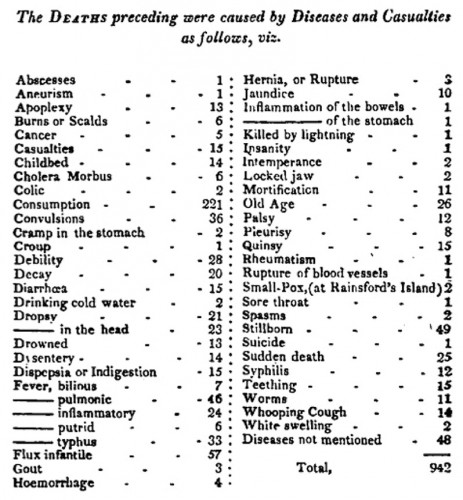From the Times of India:
A bull bided its time and gored an old man to death when an opportunity came a day after the latter had thrown hot water on it. The bull followed the man when he was being taken to a hospital and later reached the crematorium during his funeral in little-known Deori Township in Sagar district of Madhya Pradesh.
The bull apparently kept a watch on the frail Bhoop Narayan Prajapati (65) and attacked him four days ago when he was having his morning tea—a day after the old man threw hot water on it for sitting in front of his hut at the main road of Deori Township. Prajapati ran inside his thatched hut to escape, but the bull followed him, pushed him to the ground twice and gored him.
Bhura Khan and Nikhil Soni, who were around, came to the rescue of Prajapati. They hit the bull with sticks of solid wood to scare it away. When the bull was off their sight, they rushed the old man to a nearby hospital where he was pronounced brought dead.
Much to people’s surprise, the bull reached the hospital following Prajapati. Deepak Chourasia, a town-dweller, said that when the mortal remains of the old man were being consigned to flames the bull again sprang a surprise by arriving at the crematorium.
Prajapati’s house is very close to the hospital and the crematorium too is less than half-a-kilometer, Chourasia added. The old man died due to internal injuries to his stomach and chest, police said.
There is a minor history between Prajapati and the bull. Six month ago, the bull had attacked the old man after he hit the animal with a stick. Prajapati was at that time admitted to a hospital where he stayed for more than a month due to leg injury, Deori police station inspector R P Sharma told TOI.
“I have also come to know during investigations in the case that the bull followed Prajapati to the hospital and the crematorium. It’s something strange and surprising,” Sharma said. “We are going to write a letter to the civic body to put this bull in a government shelter,” the inspector added.

